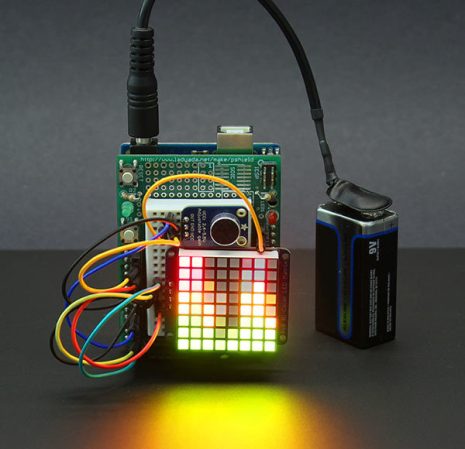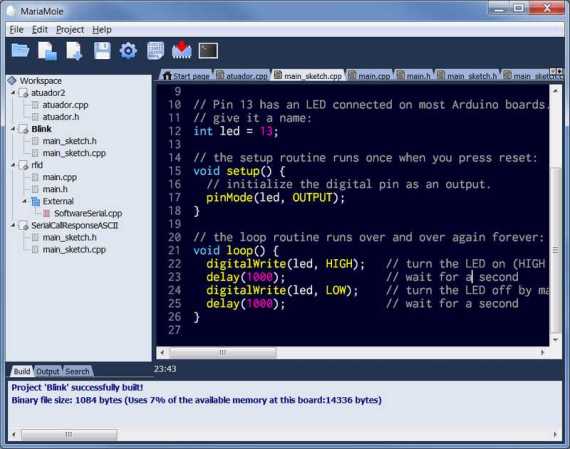
Here’s a project that let [Rick Pannen] try his hand with an OLED display and a rechargeable power source. He calls it OLEDuino which is a mashup of the display type and the Arduino compatible chip running the whole thing. He figures it will serve nicely as a geeky name badge but also ported a Breakout type game to play when he’s bored.
The project is an inexpensive way to attempt a more permanent trinket than simply using Arduino and a breadboard. [Rick] sourced the OLED display and USB LiPo charging cable on eBay. The ATmega328 hiding below the display is being driven from the 3.7V LiPo cell without any power regulation. The four buttons at the bottom provide the only user input but it should be more than enough for a few simple tricks.
Head over to his code repo for a bit more information. The schematic and board are both Eagle files. We generated an image of the schematic and embedded it after the break if you want to take a quick look at how simple the hardware really is.
Continue reading “OLED Name Badge With Rechargeable LiPo Cell”
















